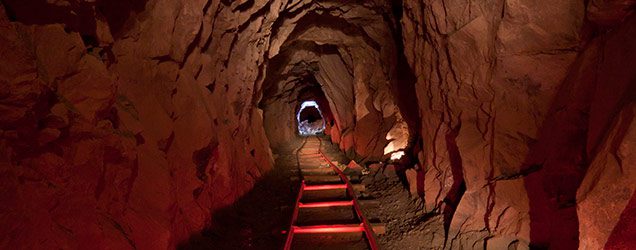A study carried out by the Australian Radiation Protection and Nuclear Safety Agency (ARPANSA) recently sampled materials from 29 mining operations in NSW. Those operations included coal mines, metalliferous mines, industrial minerals sites and quarries.
The purpose of the study was to identify if there might be issues involving Naturally Occurring Radioactive Material (NORM) arising from mining activities. More than 2000 assays were carried out on materials including ore, concentrates, coal, tailings, mine water and process water.
The survey also included on-site measurement of radon in some underground mines.
In most cases the activity concentrations of the uranium-238 and thorium- 232 decay series radionuclides were found to be consistent with the range expected from soils (20 – 70 Bq/kg). Activity concentrations in most water samples were low. Overall the results indicate that most mining operations sampled do not have issues related to elevated levels of NORM.
As expected, the significant exceptions were a small number of mines or prospects with monazite or rare earth minerals present. Health and safety conditions at these sites are covered by existing ARPANSA codes of practice.
Two aspects identified which could be studied further are:
- uranium accumulation in recycled coal washery process water
- the distribution of radon in underground mine workings
In response to the results of the survey, Mine Safety is drafting a guidance note about NORMs in exploration while the NSW Mine Safety Adisory Council plans to initiate further research on the matters of radon and washery water.
The report by Long et al, is titled “A Survey of Naturally Occurring Radioactive Material Associated with Mining”, ARPANSA Technical Report Series No.161.














Add Comment